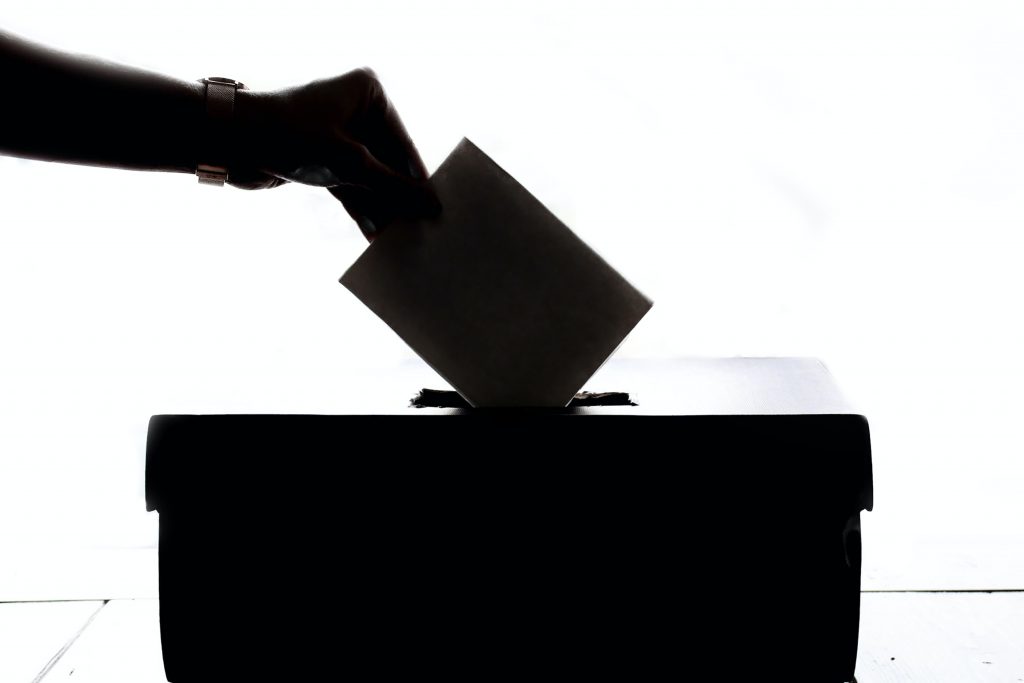
I am not a political scholar, just someone who quite enjoys a good argument and who wants to help. One of the things I am most passionate about it electoral reform, specifically into a form of proportional representation. What this essentially means is that the system must be set up to make the power in Parliament match the national vote, e.g. democracy. Arguments immediately start over the exact proportional representation implementation that should be used.
I don’t know precisely what my proposed system of proportional representation would be defined as, so I welcome any comments from actual academics within the field of politics.
Before the Ballot
In my system, the election starts well before the ballot, with each party wishing to stand generating a list of up to 650 potential politicians. This them means that if they miraculously win 100% of the vote, they have the candidates to fill the posts. This then allows voters to look at what the party is looking to achieve, and where their preferred candidates sit in the party list.
It will remain down to individual parties to determine how they put together their lists, but the expectation is that this will end up being a democratic process of some sort. That said, if a party decided to choose an entirely arbitrary means of creating their list, that would be entirely fine as long as their methodology is fully disclosed to an electorate.
The Election
One of the criticisms of many proportional representation systems is complexity. In my example, voters would still vote for only one party, but the list of parties would include every party that had created a 650-person list.
The tally of votes would be counted, the proportion of support calculated for each party, and the number of seats would be directly generated from that level of support. For example, 2% of the votes would be 13 seats (2% of 650). Some rounding would be needed, but as a single seat is 0.15% of the number of MPs, the number of MPs could very closely match the votes cast in terms of proportionality.
Constituency Link
Another criticism of a change to proportional representation is the breach of the perceived link between MP and constituency. My counter to that is that this can be very rare in any case. A classic example is Boris Johnson, who has rarely been seen at all doing anything for his Uxbridge & South Ruislip constituency.
The constituency link can be something of an illusion anyway. I live in a constituency with a Labour MP, and am campaigning in a constituency with a Conservative MP. Neither of these two represent my core views, especially on the principle of democracy that I stand for. So the question is “am I actually being represented now?”, and the answer has to be “no, not really”.
So how might we change this to keep a link to the constituencies?

There are 650 constituencies to match the 650 MP seats in the Commons. If each party assigns each constituency to one of their MPs, then each MP can look after multiple constituencies depending on the level of support their party received. For simplicity, let’s consider the situation where a party gets 25% of the votes, that would mean that each MP in that party would be assigned 4 constituencies. The beauty of this is that the total number of constituents that the MP is looking after for their party would be broadly equal to the number of people who actually voted for them, meaning each MP looks after around 70,000 voters for their own party, whether that be entirely localised or across the entire country.
In my situation, I live in a constituency that voted 8.8% for Lib Dems (historically this is a very Labour-loyal area, so James Murray got 56.5% of the vote). Under my system, this would mean that I could choose to approach my Labour MP, who would represent my constituency and probably one other, or I could go instead to my Lib Dem MP, who would likely represent my constituency and around 10 others, but the total number of constituents who actually voted for them would be approximately the same.
What Might Proportional Representation Implementation Do?
So what might this have resulted in when we last had a General Election in 2019? The table below shows the seats that were awarded to each part and compares it to a proportional representation implementation of some sort:
| Party | Vote Share | Seats | Seats Under PR |
|---|---|---|---|
| Conservative | 43.6% | 365 | 283 |
| Labour | 32.1% | 203 | 209 |
| Liberal Democrats | 11.5% | 11 | 75 |
| SNP | 3.9% | 48 | 25 |
| Green | 2.7% | 1 | 18 |
| DUP | 0.8% | 8 | 5 |
| Sinn Féin | 0.6% | 7 | 4 |
| Plaid Cymru | 0.5% | 4 | 3 |
| SDLP | 0.4% | 2 | 3 |
| Alliance | 0.4% | 1 | 3 |
| Other | 3.5% | 0 | 23 |
So who benefits? I have listed below the parties which benefit from this situation by having more than their fair share of MPs, and next to them I have listed the parties which suffer. I have excluded those which don’t have an appreciable difference:
Parties which benefit
Conservative
SNP
DUP
Sinn Féin
Parties which suffer
Liberal Democrats
Greens
Other
Labour didn’t really benefit in the last election, but historically they certainly have.
Conclusion
I think it’s pretty clear that proportional representation could work easily, and could also maintain the constituency link. I would be really interested in hearing from political academics to learn exactly what this system should be called – suspect it’s a modification of a list-based system.
Regardless of terminology, this is clearly much more democratic than our current system, as it would apportion seats in Parliament according to the actual votes received by a party.
